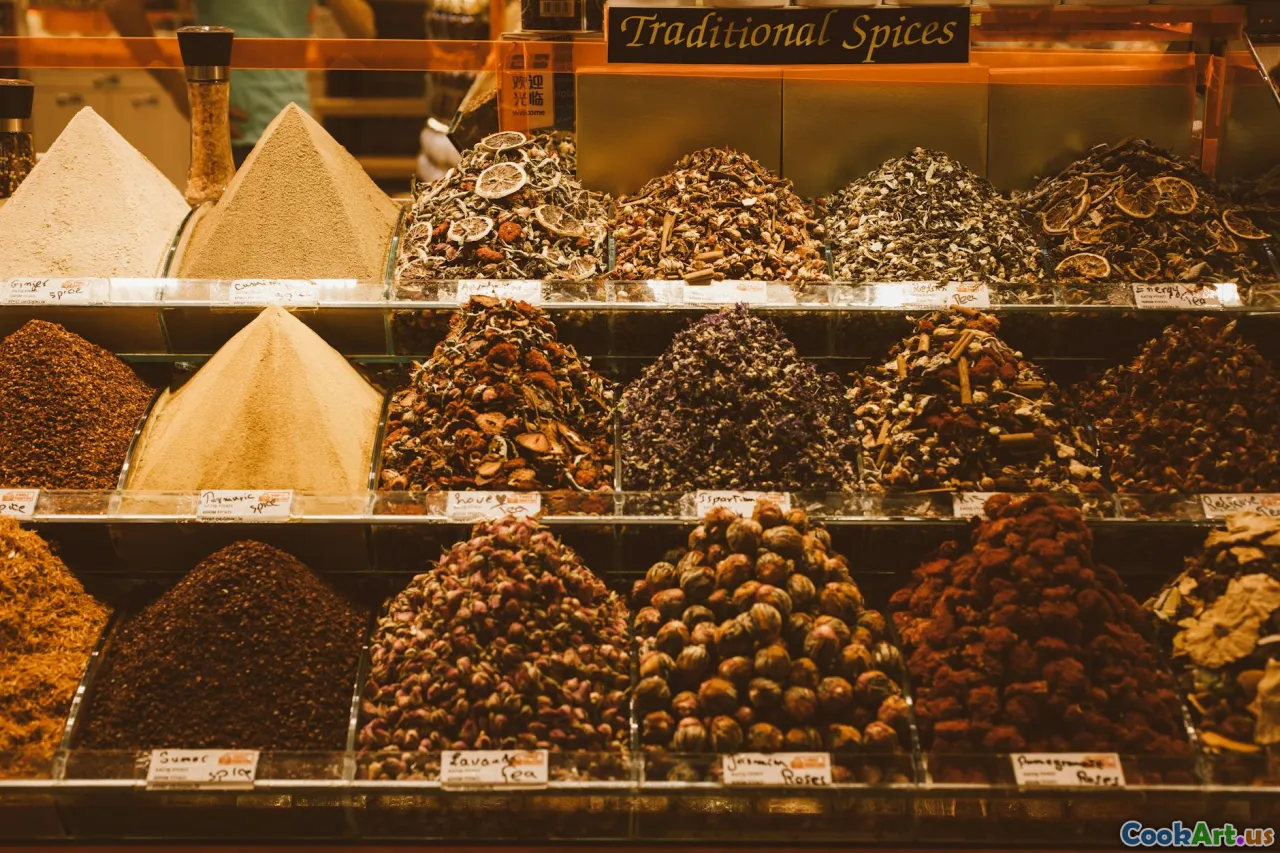Flavors of the World: A Culinary Tour
5 min read Embark on a culinary journey across the globe, exploring diverse flavors and cooking traditions that shape our world. April 14, 2025 10:00
Flavors of the World: A Culinary Tour
Food is more than sustenance; it is a reflection of culture, history, and the human experience. Every region of the world boasts its unique culinary traditions, shaped by geography, climate, and the influence of neighboring cultures. In this culinary tour, we will explore the distinctive flavors that define various global cuisines, diving deep into the ingredients, techniques, and stories that accompany them.
The Essence of Global Flavors
At the heart of every cuisine lies a set of core flavors that define its identity. These flavors often come from local ingredients, spices, and cooking methods unique to the region:
- Umami in Japan: The Japanese culinary philosophy embraces umami, a savory taste found in ingredients like soy sauce, miso, and dashi. The art of balance in Japanese cooking reflects the country's reverence for nature and seasonal ingredients.
- Spices of India: Indian cuisine is a symphony of spices, each with its distinct flavor and health benefits. Cardamom, cumin, and turmeric play vital roles, with regional variations creating a tapestry of tastes across the subcontinent.
- Herbs in Mediterranean Cooking: The Mediterranean diet celebrates fresh herbs like basil, oregano, and rosemary, often paired with olive oil and seasonal vegetables. This cuisine emphasizes simplicity and quality ingredients, fostering a healthy lifestyle.
Cooking Techniques that Define Cultures
Beyond ingredients, the techniques used in cooking can tell us much about a culture's values and history:
- Slow Cooking in Africa: In many African nations, slow cooking techniques are prominent. Dishes like tagines and stews allow flavors to meld over time, creating rich, hearty meals that bring families together.
- Grilling in Latin America: The art of grilling, or asado, is central to many Latin American cultures. From Argentina's famed parrilla to Mexico's street tacos, the communal experience of cooking over an open flame fosters social connections.
- Fermentation in Korea: Fermented foods like kimchi are staples in Korean cuisine, showcasing the country's innovative use of preservation techniques. This not only extends shelf life but also enhances flavors and nutrition.
The Influence of Migration and Trade
The movement of people and trade has significantly impacted global cuisine, leading to fascinating fusions:
- The Spice Route: Historical trade routes allowed spices from the East to reach Europe, transforming European cuisine and leading to the Age of Exploration. Spices were so valuable they were often used as currency.
- Culinary Fusions: Modern cities are melting pots of culinary traditions. In places like Los Angeles or London, you can find Korean tacos or Indian-inspired burgers, showcasing how cultures influence each other while maintaining their identity.
Celebrating Street Food
Street food is an integral part of many cultures, offering a unique glimpse into local flavors:
- Asia's Vibrant Markets: Countries like Thailand and Vietnam boast bustling street markets where vendors serve fresh dishes made on the spot, from pad thai to pho, reflecting the vibrancy of local life.
- Latin American Street Culture: Tacos, empanadas, and arepas are not just food; they represent heritage and community, often enjoyed during local festivals and gatherings.
Conclusion
Embarking on a culinary tour across the globe reveals the rich tapestry of flavors, techniques, and traditions that define our world. Each dish tells a story, connecting us to the past while inspiring future generations to appreciate and celebrate diversity in food. As we savor the flavors of different cultures, we embrace a more profound understanding of humanity itself.









